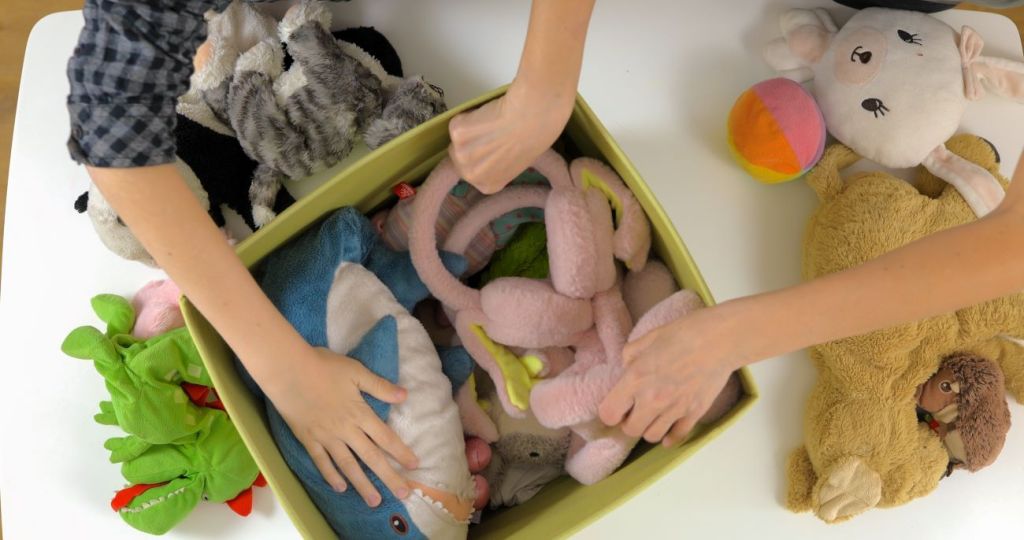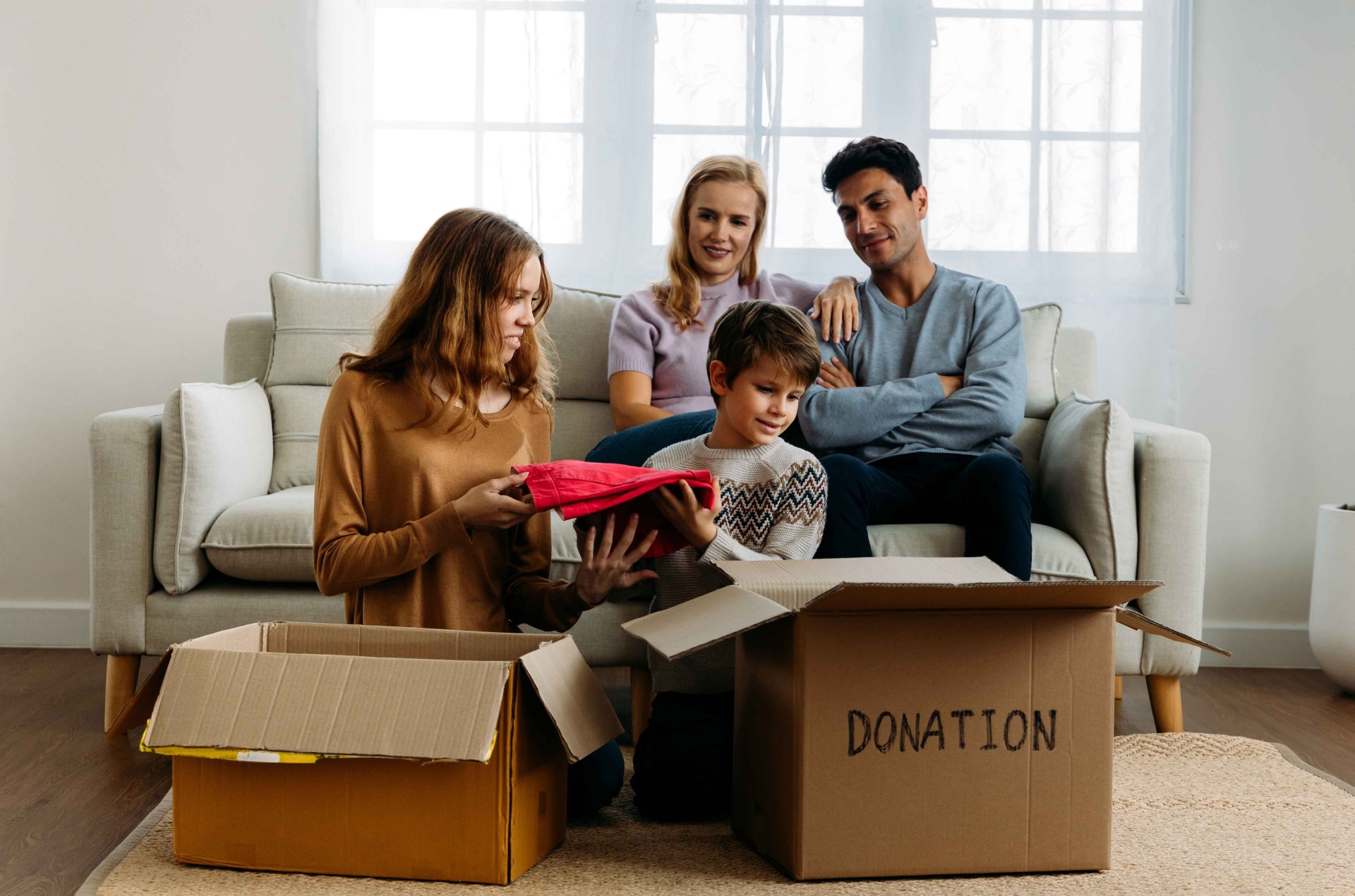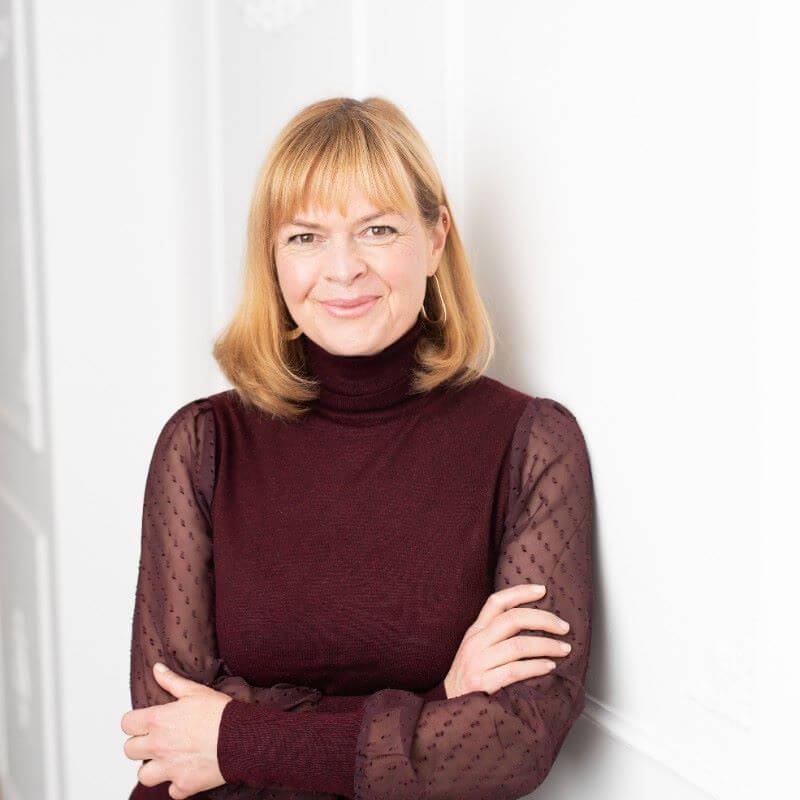With parenting, there are many things to teach our kids. While they may learn “the three R’s” in school, it’s essential for parents to continue the conversation at home when it comes to ways in which we can all reduce, reuse, and recycle.
Mydoh has teamed up with GarbageDay to help you teach kids when to donate, when to recycle, and when to trash their items.
Why sustainability is important
“Sustainable living” is more than a buzzword. More and more people are choosing to live with less—especially in their home. The benefits of minimalist living include more freedom, less stress, less cleaning, and helping the environment. Introducing kids to the idea of living more sustainably means less clutter and more financial freedom.
So, if your house could do with a clear-out Marie Kondo-style, why not recruit your kids to take on the chore of decluttering. Not only will it teach them about caring for the environment, but they’ll make a little pocket money on the side. But before your kids throw away anything that no longer “sparks joy,” here are the three steps they should take to declutter in an environmentally sustainable way.
How to declutter at home
Old toys, clothes that no longer fit, soccer cleats, craft supplies, picture books—chances are there’s plenty of items hiding in your kids’ bedroom or family room that can be decluttered. When it comes to the task of decluttering, there are three steps you and your kids should take to best remove unwanted items from your home.

1. Donate it
The first step to successfully decluttering your living space is to decide whether items can be donated and go on to have a second home elsewhere. When decluttering, empower your kids to choose items they wish to donate. You may think it’s time for them to get rid of that collection of stuffies, but your child may have other ideas.
Sometimes, it isn’t easy for kids to grasp that others don’t have as much as them, so decluttering and donating unwanted items is a great way to explain how their old toys will bring joy to another child. Donating is a small but mighty way your kids can give back to their community.
Finding where to donate goods usually isn’t hard. Drive around your neighbourhood and you’ll likely see a Salvation Army or Value Village, or look for community bins in areas like strip malls or at community centres. Thrift stores often have a dedicated place and hours for drop-off, whereas you can drop goods at a charitable bin at any time.
You can even recruit the kids to search online for charitable organizations that serve kids living below the poverty line or go to families who are refugees starting a new life in Canada.
Read more: The best ways to teach your kids about giving.
Here are a few tips to consider when donating items:
- Do your research (this can be as easy as picking up the phone) and find out what community organizations actually need and what they won’t accept. For example, some organizations may specify no furniture or appliances.
- Clothes should be clean and in good shape—meaning no rips and tears.
- Make sure toys aren’t broken and have no missing pieces.
- Check that battery-powered, or electric toys and other appliances are in good working order.
- Make sure pages aren’t ripped out of books.
Where to donate items:
- Shelters or emergency housing facilities
- Community donation bins
- Thrift stores
- Youth centres
- Preschools
- Local libraries
- Community centre or local arena
- Non-profit organizations that support kids and families

2. Recycle it
Face it – some items won’t make it into the donation box, like a LEGO set with missing pieces or a badly stained sweatshirt. If an item isn’t in good enough condition to be donated, the next step is to recycle as much as you can. But the trick here is to recycle correctly. Unfortunately, not everything can be recycled, like your child’s colourful “laptop” from when they were a toddler.
It’s easy to check which items are eligible for recycling by visiting your municipal website for information on waste. Or, if you live in Toronto, check out the “Which Bin?” feature on the GarbageDay app. It’ll tell you which items can and can’t be properly recycled.
Items that cannot be recycled:
- Electronics
- Small appliances
- Batteries
- Plastic or metal hangers
- Pots and pans
- Ceramics
- Clothing
- Shoes
- Toys
Of course, recycling doesn’t always mean throwing the item into a blue (or green) bin. You can either upcycle items to use at home or look for a recycling program in your area.
Tips for upcycling household items:
- Upcycle clothes that are no longer in good condition into rags for cleaning the car or sew shirts together to make your own wall hanging.
- Transform ceramic containers into planters.
- Upcycle old books into a butterfly or heart-shaped garland.
- Melt down broken old crayons and make colourful new creations.
- Research textile recycling programs for old clothing and linens. Clothing brands like North Face and Patagonia have upcycling and recycling programs.
- Take electronics to an approved recycling organization, where they’ll be safely recycled and recovered resources like gold, silver, copper, and glass can be reused.
3. Throw it out
When being sustainable, throwing out items in the garbage should be the last option. It’s all too easy to toss items into the trash without a second thought. But, according to a 2019 report, Canada tops the list of producing the most waste in the world. So it’s even more important to encourage our kids to exhaust the opinions of donating, upcycling or properly recycling items first. But if there are items that can’t be donated, or be responsibly recycled in the blue or green bin, then the black bin is step number three in the decluttering process.
How to declutter your home
Decluttering your home is a great feeling! Chances are your space looks cleaner and feels calmer (in fact, an uncluttered home even helps to reduce anxiety). But the flip side is dealing with the remaining recycling and garbage. Families can use the GarbageDay app to plan to declutter the house around garbage pickups. They also help you and your kids make sustainable choices with tips on recycling and information on eco-friendly brands. After all, we want to have a positive impact on the environment, not only for our sake but for our kids too.

How kids can earn money decluttering
Decluttering is a great chore to tackle during spring cleaning or at the start of a New Year. And with the Mydoh app, kids can earn an allowance while cleaning up their junk. It’s easy for parents to navigate the Task & Earn feature to add one-off chores to their kids’ accounts.
Then when the work is completed and checked off, the money will be automatically transferred from our account to your kid’s Mydoh account on Pay Day. Not only does your child get to feel good about donating their things to other kids and helping save the environment, but with Mydoh, they can save their money too!
With the help of Mydoh, your child can also learn important money skills. Find out more about how you can use Mydoh as a way to help your kids learn, earn, and save.
This article offers general information only and is not intended as legal, financial or other professional advice. A professional advisor should be consulted regarding your specific situation. While the information presented is believed to be factual and current, its accuracy is not guaranteed and it should not be regarded as a complete analysis of the subjects discussed. All expressions of opinion reflect the judgment of the author(s) as of the date of publication and are subject to change. No endorsement of any third parties or their advice, opinions, information, products or services is expressly given or implied by Royal Bank of Canada or its affiliates.








